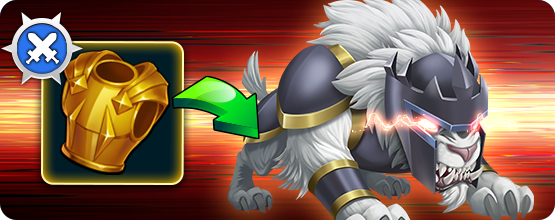

The image of the Chinese dragon was roughly established in the Shang and Zhou dynasties, but there was no great change for a long time. The dragon in the Qing dynasty appeared on the first Chinese national flag. Similarly during the Ming and Qing dynasty, the five-clawed dragon was strictly reserved for use by the Emperor only. In the Yuan dynasty, the two-horned five-clawed dragon was designated for use by the Son of Heaven or Emperor only, while the four-clawed dragon was used by the princes and nobles. During the Tang dynasty, Emperors wore robes with dragon motif as an imperial symbol, and high officials might also be presented with dragon robes. The founder of the Han dynasty Liu Bang claimed that he was conceived after his mother dreamt of a dragon.

Historically, the Chinese dragon was associated with the Emperor of China and used as a symbol to represent imperial power. Symbolic value Bronze dragon from Sanxingdui, Shang dynasty Jade dragon, Zhou dynasty Jade dragon pendants, Zhou dynasty Dragon imagery on an eaves-tile Dragon carving on a tomb, Liao dynasty (916–1125) Dragon decoration at the base of a pillar, Song dynasty The white dragon of the flag of modern Bhutan is a classic Chinese-style dragon. Chinese tradition has always used the dragon totem as the national emblem, and the "Yellow Dragon flag" of the Qing dynasty has influenced the impression that China is a dragon in many European countries. The impression of dragons in a large number of Asian countries has been influenced by Chinese culture, such as in Korea, Vietnam, and Japan. They traditionally symbolize potent and auspicious powers, particularly control over water. Academicians have identified four reliable theories on the origin of the Chinese dragon: snakes, Chinese alligators, thunder worship and nature worship.

Chinese dragons have many animal-like forms such as turtles and fish, but are most commonly depicted as snake-like with four legs. The Chinese dragon, also known as the loong, long or lung ( Chinese: 龍 / 龙), is a legendary creature in Chinese mythology, Chinese folklore, and Chinese culture at large. "Dragon" in oracle bone script (top left), bronze script (top right), seal script (middle left), Traditional (middle right), Japanese new-style ( shinjitai, bottom left), and Simplified (bottom right) Chinese characters


 0 kommentar(er)
0 kommentar(er)
